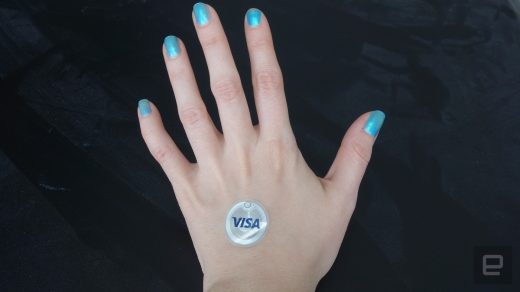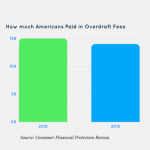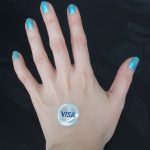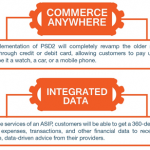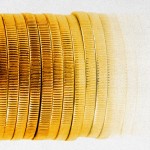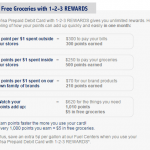Visa dreams of turning your entire home into a cash register
In a world where you can pay for goods with the tap of your phone, send money to anyone with an app and do most of your shopping online, credit cards seem a bit long in the tooth. Visa is looking to toss them almost completely, replacing them with a process that makes paying for stuff online as simple as tapping any internet-connected device in your house, no credit card terminals or filling in of forms needed.
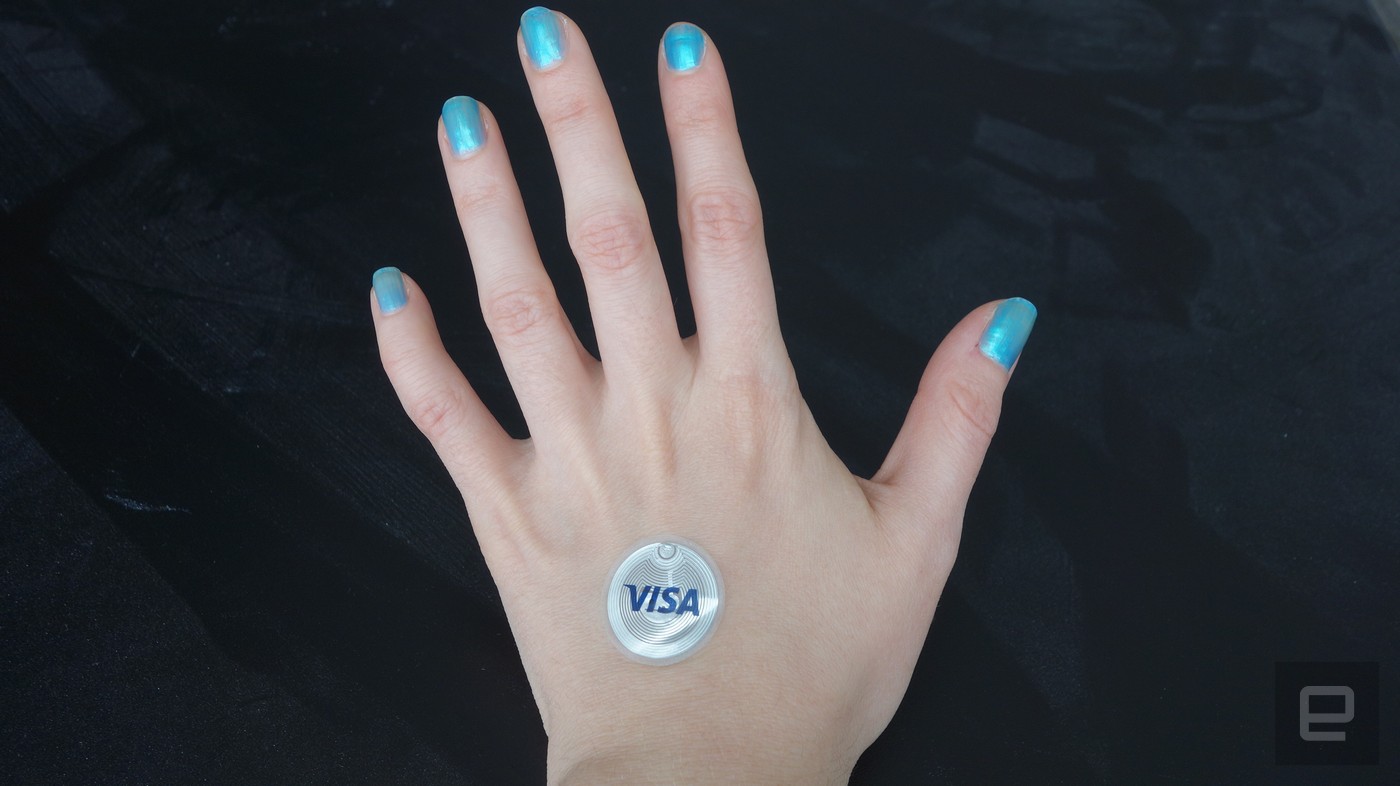
Last year the company showed off a contactless ring that could be used to pay for items with a wave of your hand. The ring was distributed to Visa-sponsored athletes for use at the Rio Olympics, but there were no plans to make it commercially available. Since that initial proof of concept Visa has worked to make the technology even smaller and cheaper, putting it into a small plastic sticker that a company rep affixed to the back of my hand for a demo. It’s so small and unobtrusive that it feels like we’re not far from more-permanent subdermal implants.
The unobtrusiveness helps to make the technology something that you could theoretically keep on you at all times, including in your own home, which is likely populated with tons of connected devices. And it’s not only phones or laptops we keep around but also an ever increasingly large number of smart devices like light bulbs or speakers like the Echo Dot. However, shopping with those means you’re restricted to what you can buy from Amazon and other approved retailers. Visa’s token system ideally would let you use any of your connected gadgets to shop online and just tap to order from whatever site you want instead of having to whip out a credit card.
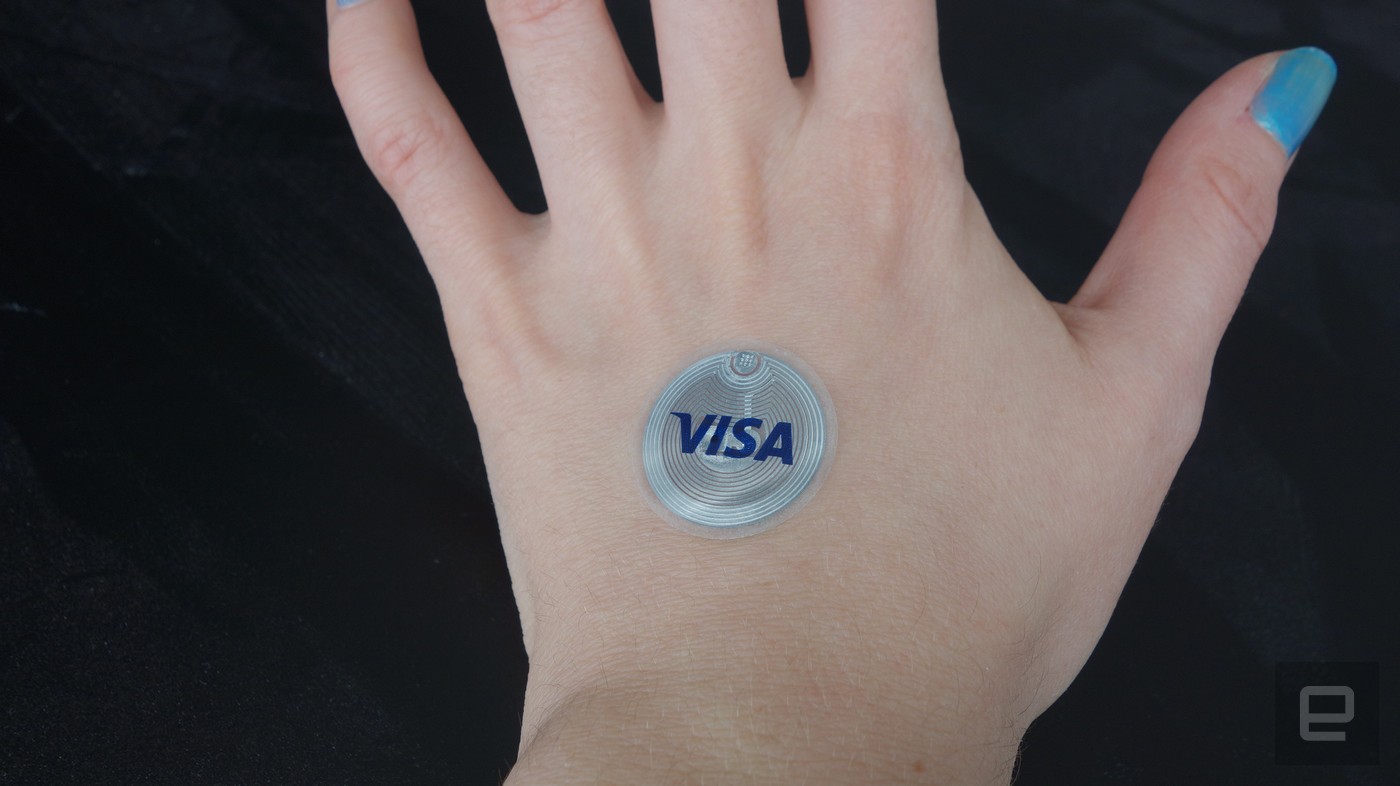
The system is super easy to use, making it an easy sell to retailers looking for a better checkout experience. We only think of ordering from sites like Best Buy as simple because we’ve set up our credit card info beforehand. But ever tried to switch shipping addresses at Amazon? I do this fairly often to send packages to the office instead of my home or to my parents’ house, and every single time I have to re-enter the credit card number for security reasons. In fact, I’m often hesitant to shop at new or unfamiliar sites due to the need to re-enter all of my shipping and billing info. Plus, it’s one more place hackers could potentially target and scoop up my data.
Visa lightens some of these security concerns by using tokenization, which replaces all of your sensitive info with a randomly generated digital identifier. It’s just tap and go, and if the ring or sticker or whatever that contains the token is lost, you can easily turn it off using your credit provider’s app. That’s a lot easier than having to call a customer service number to disable a stolen credit card. Plus, you can turn it back on if you find it later. If a retailer is compromised, it never had any of your billing info in the first place: The digital identifier is useless by itself.
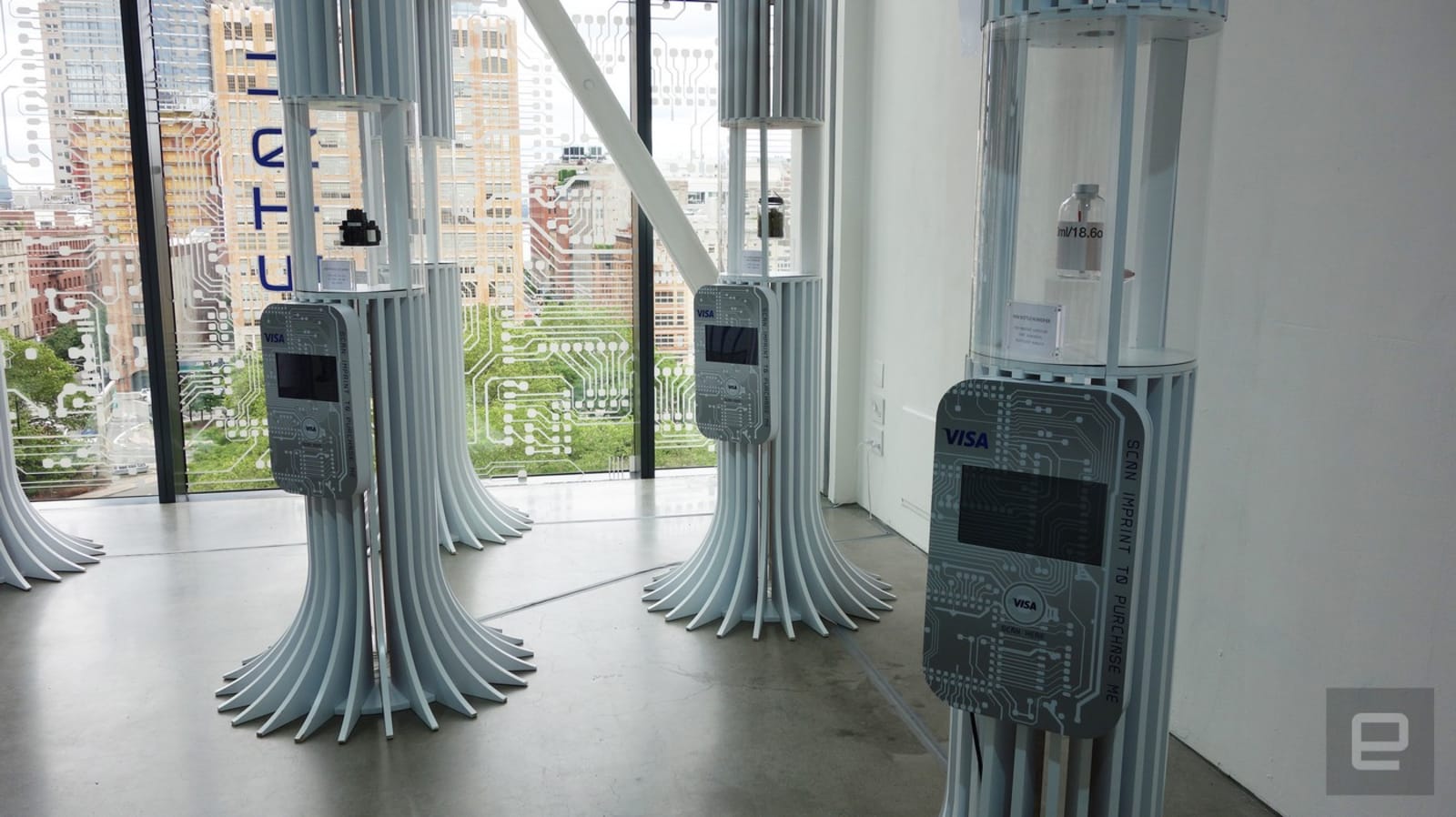
The sticker Visa gave me required little more than my name and address to set up, though any final product would come from a credit provider and be connected to an account. I was able to use it to purchase a coffee press and some time in a “hospitality pod” by tapping the back of my hand against a panel. It was a huge improvement over the ring, which was finicky about how it was pointed at a contactless reader, usually requiring a little effort and multiple tries to register.
It was a little too easy, actually: The demo didn’t ask me to confirm the purchases, so I couldn’t back out or otherwise change my mind once I tapped the terminal. In the wild there will probably be a few more steps or some further protection, just like how you can’t repeatedly mash an Amazon Dash button to end up with duplicate orders.
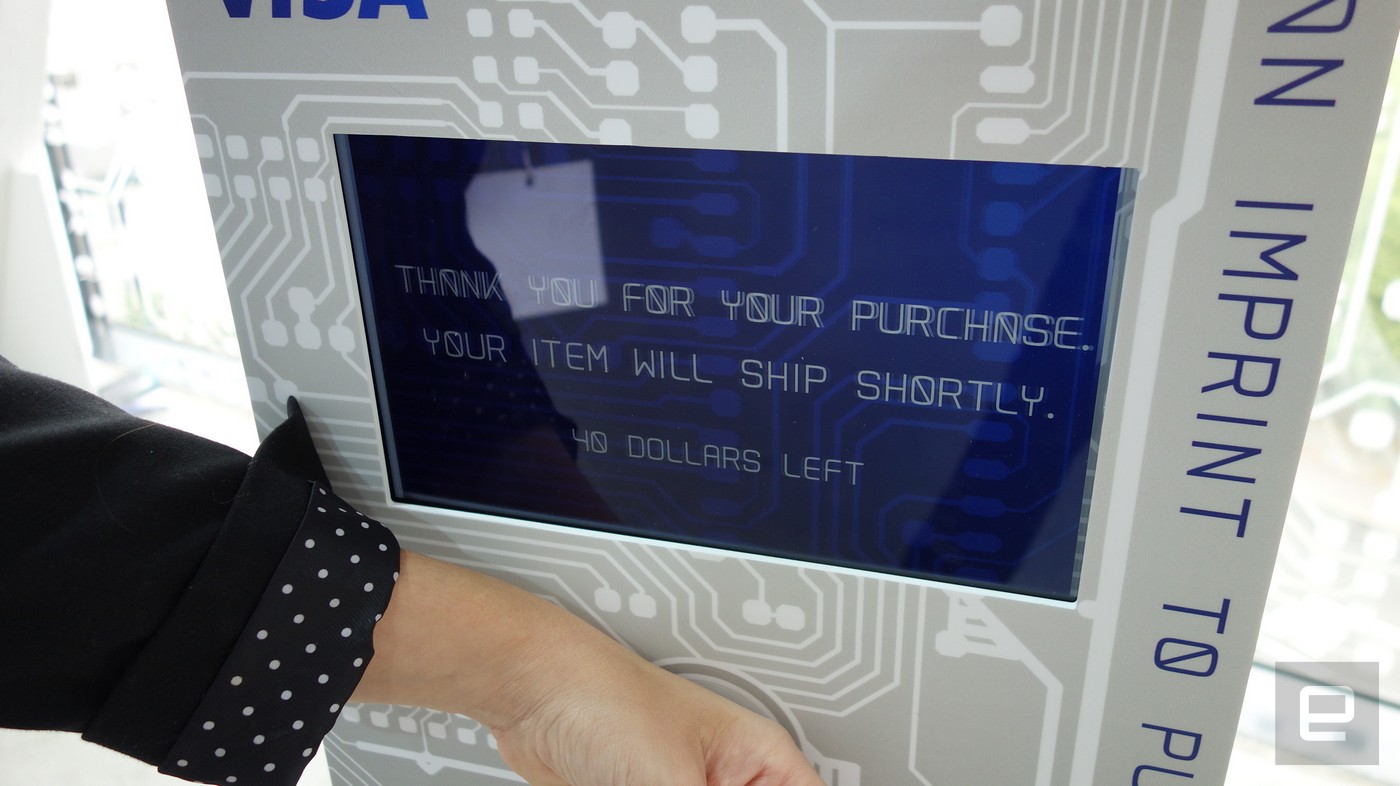
I asked what kind of protections would be put in place to keep kids from swiping their parents’ payment token and going on a spending spree. The ring, sticker and any other item Visa develops probably won’t have biometric identification, because it makes the product more complex and more expensive. While there’s no sure way to protect your account from errant purchases by children (or malicious thieves), Visa SVP Avin Arumugam pointed out that it’s easy enough to temporarily turn off the tokens in the app.
Right now there’s no set date for new token products or appliances with built-in readers. Visa is currently working with payment platforms to expand its reach so it’s not just limited to Visa customers. This should make it more attractive to device manufacturers, encouraging them to build the tech into their new products. Maybe it won’t be too long before you can buy bread with a wave at your toaster.
(40)

